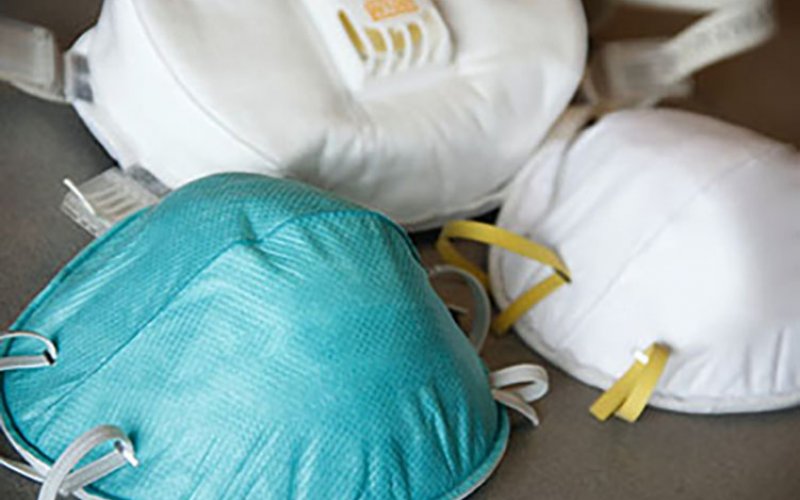Study Finds Guidance for Face Masks Differs Throughout the World

ALBANY, N.Y. (June 25, 2020) – Working with colleagues nationwide, a School of Public Health professor helped study the guidance that governments worldwide have issued for face mask wearing in response to the COVID-19 pandemic – finding that guidance differs country to country.
The rapid spread of COVID-19 compelled some governments, but not others, to recommend the wearing of face masks at the start of the pandemic. Given these differences, Jennifer Manganello, professor of Health Policy, Management and Behavior in the School of Public Health, and colleagues at the University of Wisconsin, the University of Texas and Florida International University, assessed how guidance differed across nations and regions.
Published in JMIR Public Health and Surveillance, they conducted a content analysis of health agency mask guidelines using agency websites from 25 countries and regions with large numbers of COVID-19 cases in March 2020. They found that each of the 25 countries did provide some guidance regarding the use of face masks, but the detail and clarity of guidance differed.
Results showed that as of March 30:
- Nine countries and regions recommended surgical, medical or unspecified masks in public and poorly ventilated places
- 16 recommended against the general public wearing masks
- Seven areas studied noted that masks could increase health risks to the wearer or create a false sense of security.
- Italy and Hong Kong explicitly warned against wearing fabric masks, citing their protective capacity being unknown and/or inadequate, respectively.
- Germany, the United States and Japan recommended some form of fabric mouth covering (ex. a handkerchief) only when other options were not unavailable – with Austria being the only country or region to recommend fabric masks interchangeably with other types of masks.
“Given the fact that COVID-19 has been a worldwide crisis, it’s concerning that there were inconsistencies with mask guidance across countries at the start,” said Manganello. “Since we did this study, mask recommendations have changed dramatically, and may continue to change as we learn more.”
As of June 6, the World Health Organization now recommends more widespread mask use. Specific recommendations can be found on their website.




